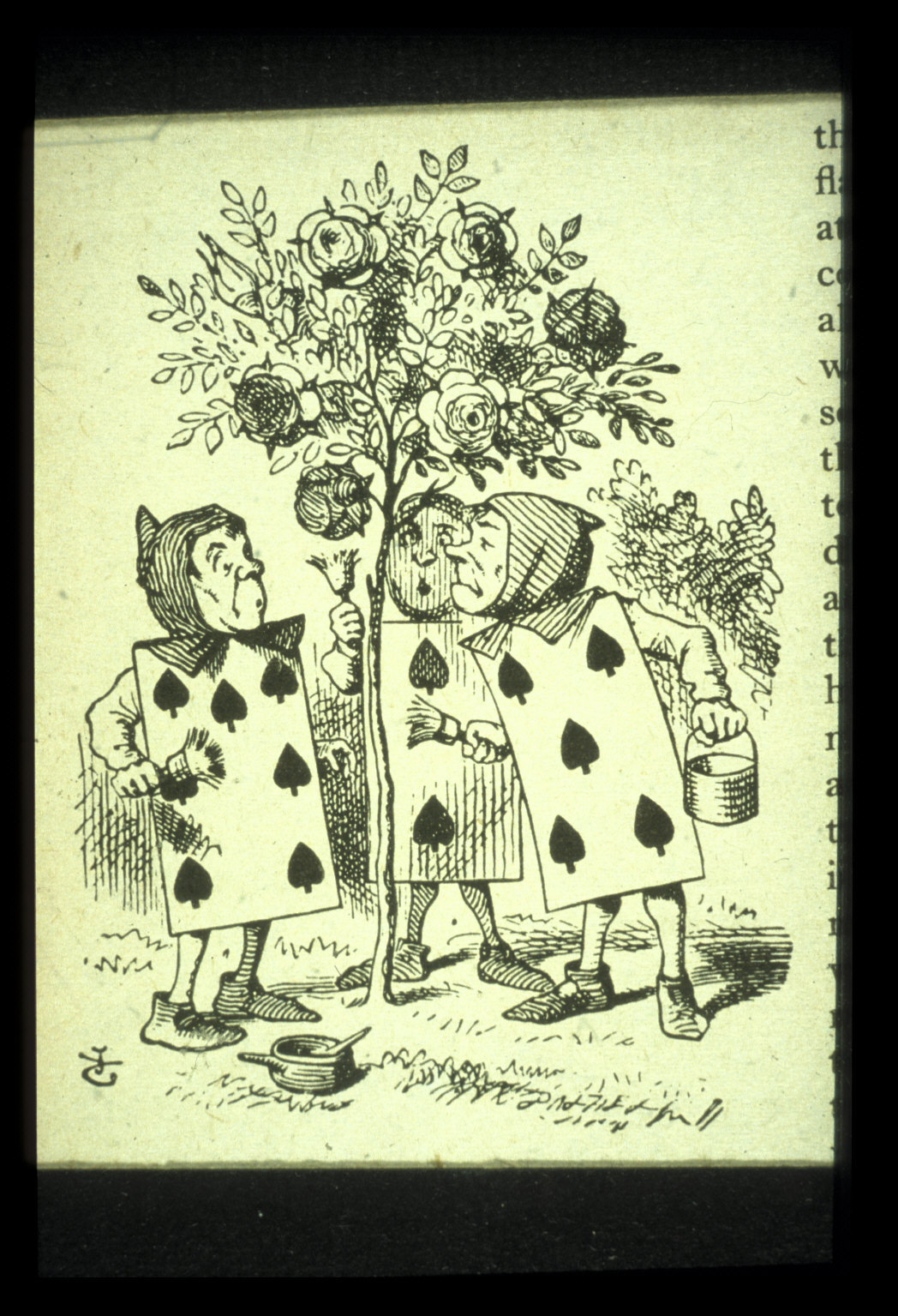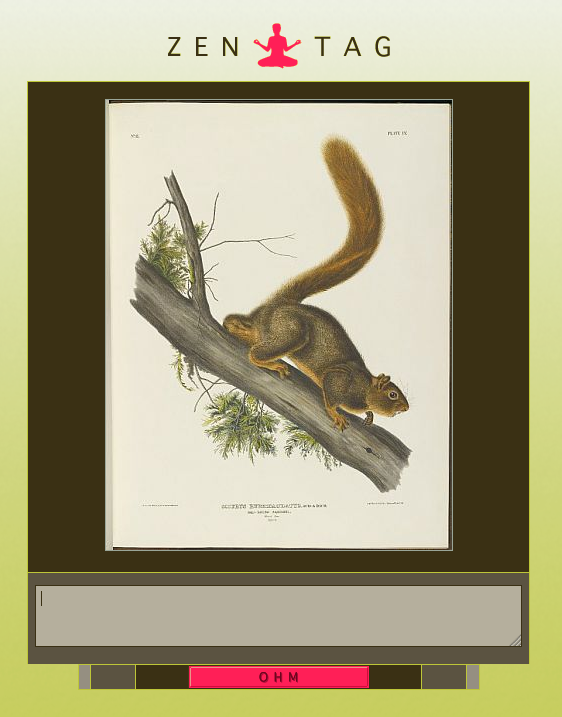Last week I was very fortunate to attend the Open Repositories Conference in Indianapolis. Where I was co-authoring a presentation on metadata games with Tiltfactor, Dartmouth College, and also co-chairing the new Developer Track and Ideas Challenge at the conference with Adam Field from EPrints Solutions, University of Southampton.
 The conference hotel in downtown Indianapolis
The conference hotel in downtown Indianapolis
It was very packed few days as the conference has moved from five to four days with more tracks running simultaneously. This unfortunately meant I didn’t get to see all the presentations I want to see, but all the papers are online and the main conference room was recorded. The keynote speakers were Kaitlin Thaney (Mozilla Science Lab) and Anurag Acharya (Google Scholar) who both gave very interesting and very different presentations. Kaitlin managed to hold the whole room’s attention despite having to talk via Skype, due to problems with flights. Their slides are available here and the videos should be online soon. Anurag’s talk was very specific on how repositories need to be designed to work with Google Scholar and has already created lots of debate over the use of PDF cover pages.
The Developer Track was new for OR15, it was designed, along with the Ideas Challenge, to stop the developers who attend the conference being torn between writing code for a competition and attending conference sessions. There were lots of demos and it was great to see no one having to apologise for screens of code, XML and terminal windows. I found the sessions really practical and have a list of things to try now I am back in the office, starting with Hardy Pottinger’s Vagrant-DSpace.
The Ideas Challenge, was designed to be less time intensive that the previously run Developer Challenge but still encourage people to discuss issues they would like to resolve, meet new people, and have a fun session where audience participation was encouraged. Adam and I created an example challenge and solution based on the Sound of Music Idea’s Challenge Slides. We had 9 entries to the challenge this year and thanks to Adam’s scoresheet there were no long deliberations and a clear winner was identified after our judges handed in their scores. Congratulations to the winners Blog post about the challenge winners.
 Slide from the Winning Entry – Email Deposit
Slide from the Winning Entry – Email Deposit
My presentation on Crowdsourcing Metadata Session Slides was in front of a packed room. Helped by my talk being sandwiched between Rob Sanderson from Stanford University and Simeon Warner from Cornell University. I got some great questions and hopefully passed on the message that engagement is just as important as developing the tools. My co-authors at Tiltfactor launched their new OCR verification games last week http://beanstalkgame.org is very addictive (you have been warned).
There was a lot of discussion during the Monday’s DSpace DCAT and Committer meeting and also during the DSpace Interest Group about the ambitious work planned for DSpace 7 in 2016. The University of Edinburgh manages DSpace repositories on behalf of the Scottish Digital Library Consortium and Stuart Lewis is a DSpace Steering Committee member. I hope that these plans get the support they require within the DSpace community to make them happen.
Hardy Pottinger has written a blogpost about the conference and his ’stuff to check out later’ to take away from the conference and try is similar to mine so I won’t repeat it. Although I would add Vagrant and implementations of IIIF. Both of which have been on my todo list for a while, but I really really want to find time to play with them now.
Thanks to Sukie at Tiltfactor and Adam for lots of Skype calls over the past few months, and to the Open Repositories organisers for a great week.











